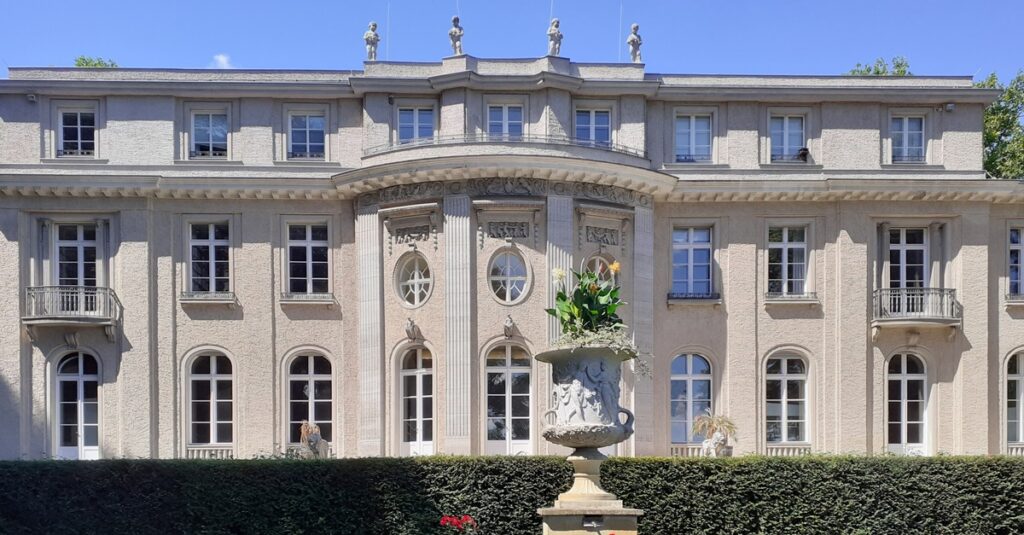A few years ago, I told the story of my great aunt’s common-law husband, Gustav Goldemann. While my great aunt was not a Jew, Gustav was a Jew. For many months, he managed to avoid deportation, perhaps because he was in a common-law relationship with my great aunt, Tante Hanni Knöffler. But eventually, his luck ran out Fate, and the Nazis, caught up with him.
Gustav was an elderly gentleman in his 60s. He had mobility issues and couldn’t walk. Still, the Nazis took him away. He left behind a pet rabbit, likely claimed by Tante Hanni since Jews were banned from having pets.

Gustav’s journey of deportation led through several key sites in Berlin, none of which I have visited. As luck would have it, over the last year, I have been in correspondence with Andrzej Mrowiński, a Polish researcher who is documenting the stories of Jews from his own city of birth, Barlinek (formerly Berlichen). One of the stories Andrzej is researching is that of Gert Drucker, whom readers of this blog met in an earlier post. Over the summer of 2022, Andrzej travelled to Berlin with the express purpose of taking photographs of some of the key Jewish deportation sites, particularly the ones that impacted Gert Drucker and his family. Andrzej has kindly shared the photographs with me and I use them here with his permission.
One day I will make the pilgrimage myself, but in the meantime, these photographs lay out Gustav’s pathway of doom.
The Synagogue on Levetzowstrasse
The building in which Gustav and Tante Hanni lived is long gone, likely bombed and then demolished. Perhaps one day I will make the pilgrimage to view its former location. But sometime in early to mid-January 1942, Gustav was taken from his home in the Neue Roß Straße to the synagogue on Levetzowstrasse where hundreds of Jews were mustered prior to being deported.
How long Gustav stayed in the synagogue is unknown. Some Jews were held there for hours, others for days. For an elderly man, who could not walk, this must have been a horrific experience. Perhaps Tante Hanni packed him some food in his luggage but the logistics of going to the washroom would have been a challenging task.
The synagogue no longer exists. It was badly damaged during an Allied bombing raid in 1944 and the ruins were torn down in the 1950s. Today, there is a playground and a monument that commemorates those who were deported. The monument depicts a wagon with abstract figures which represent packets of people.
Nearby, at 38 Jagowstraße, two Stolpersteine commemorate the last rabbi of the synagogue, Julius Lewkowitz and his wife Selma. The couple were deported to Auschwitz on 12 March, 1943. Neither survived.
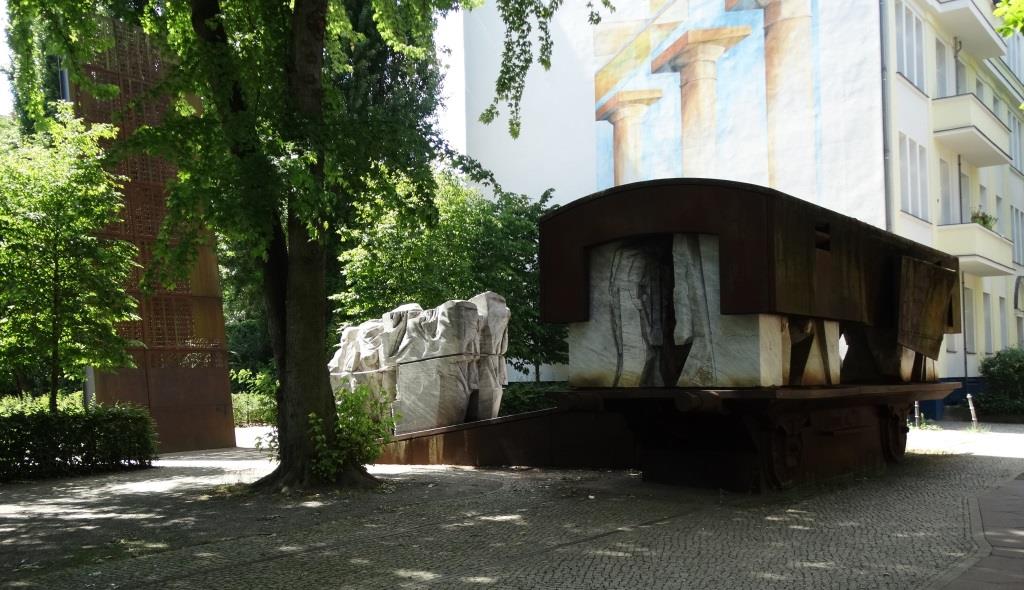
(Photo courtesy of Andrzej Mrowiński and used with permission)
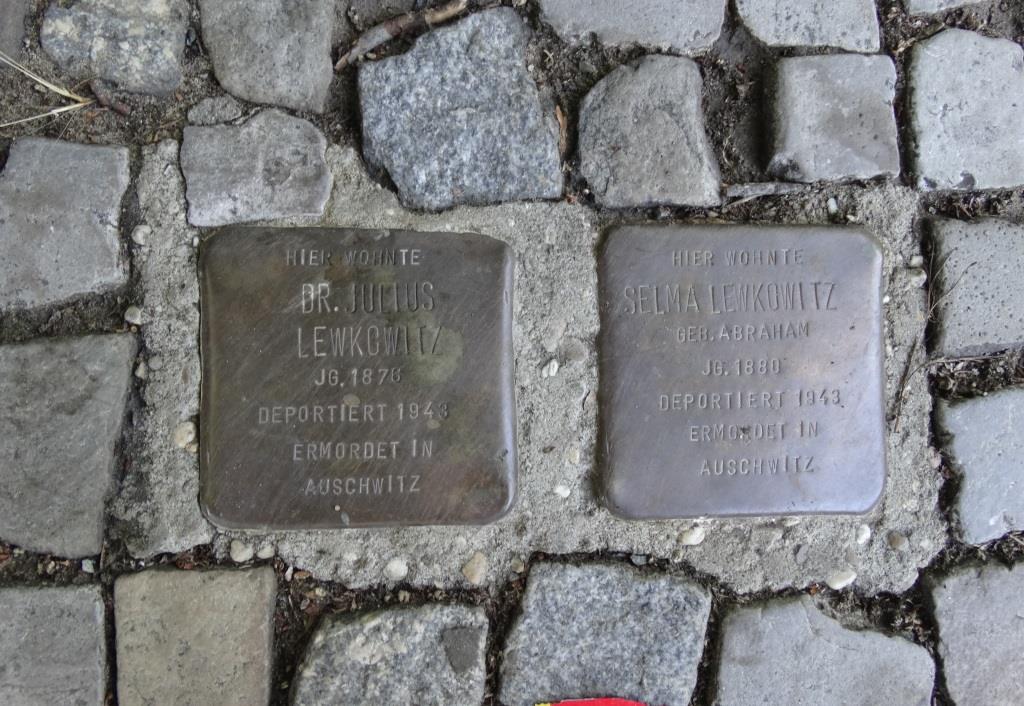
(Photos courtesy of Andrzej Mrowiński and used with permission)
Grunewald Railway Station
On the evening of 19 January 1942, one day before the Wannsee Conference, over 1000 Jews were forced to walk the eight kilometers to the Grunewald Railway Station. Those who could not walk, like Gustav, were loaded into trucks and transported to the station. Once at the train station, 1000 men, women and children were loaded into Transport IX, destination Riga, Latvia. Gustav was #622 on the list of deportees.
From 1941 to 1945, 186 deportation trains departed Grunewald Railway Station carrying over 50,000 Berlin Jews to concentration camps in the East. Many would never return.
Today, a memorial at Track 17 in Grunewald documents each transport and the number of Jews deported from their home. Again, it is a place I have never visited, although I have ridden the S-Bahn past Grunewald. Perhaps next time.
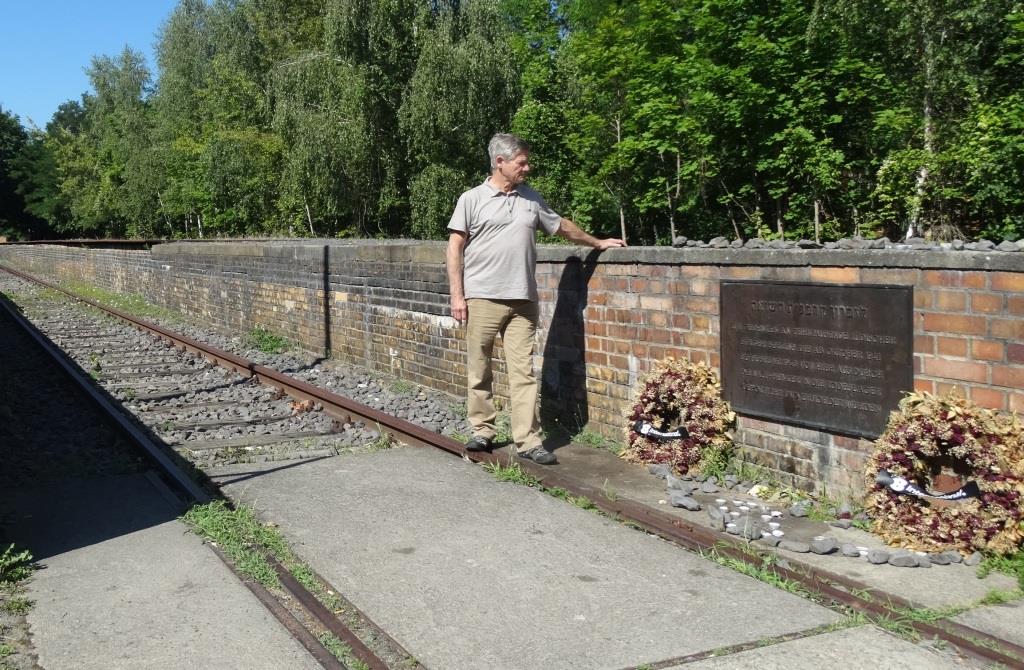
(Photos courtesy of Andrzej Mrowiński and used with permission)
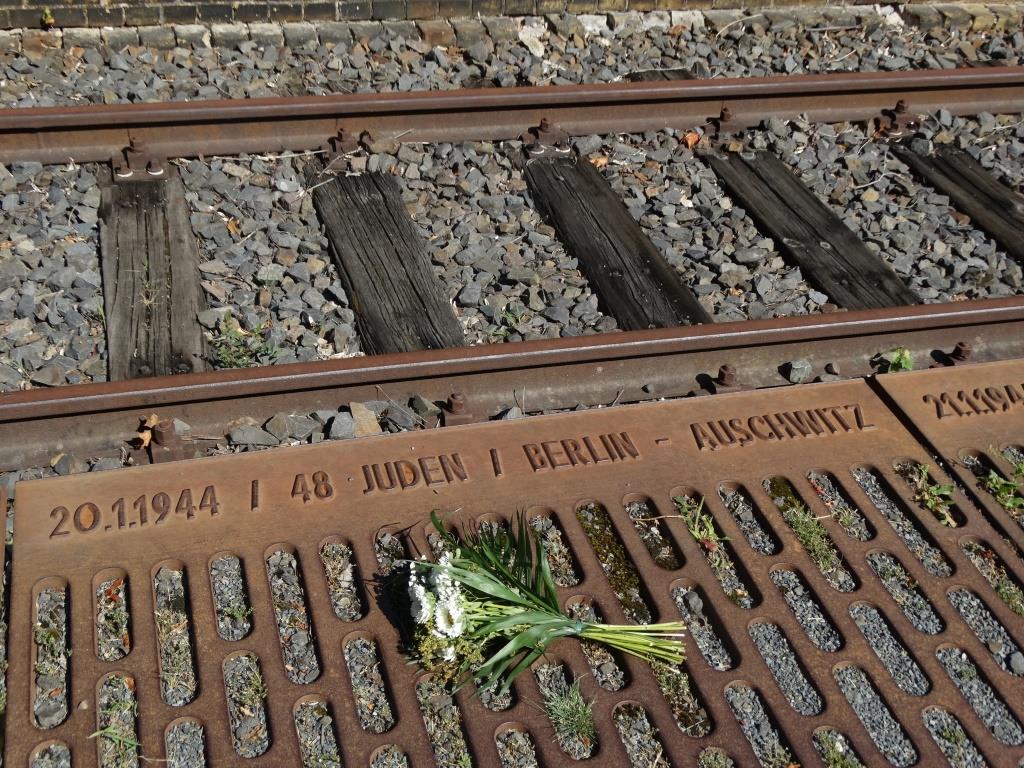
(Photos courtesy of Andrzej Mrowiński and used with permission)
Arrival at Šķirotava, Latvia
In the dead of winter, the train departed Berlin and arrived four days later, on 23 January, in Šķirotava on the outskirts of Riga. Eye witnesses report that several individuals died on the train. Perhaps Gustav was one of them. It would have been a mercy given what was to come. Arriving in a deep frost, the elderly and infirm were separated out and loaded aboard trucks or buses. Perhaps they suspected nothing sinister in this. After all, they had been transported aboard trucks in Berlin. A kindness of the Nazis? Some of the deportees were loaded aboard special trucks that were actually mobile gas chambers. Others were loaded aboard trucks and buses and driven to a nearby forest where they were shot. Gustav likely never made it to Riga.
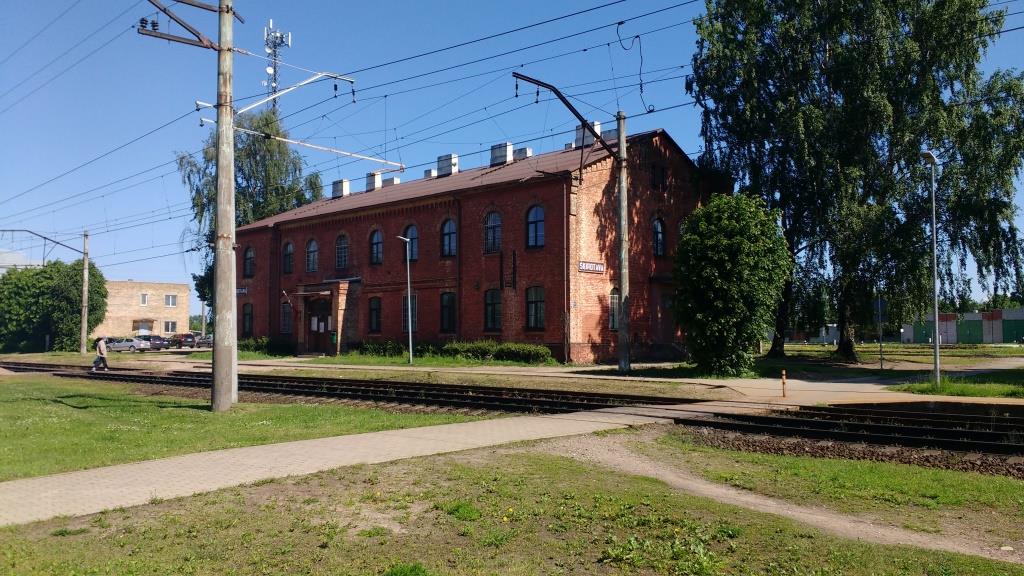
The Villa in Wannsee
While Gustav’s deportation train was enroute to Latvia, a group of Nazi officials met in an opulent mansion in Wannsee to discuss the Jewish Question.
On 20 January, 1942, Reinhard Heydrich, chief of the Reich Security Main Office (RSHA), presented his plan to coordinate a European-wide “Final Solution of the Jewish Question” to key officials from the German State and the Nazi Party. Even though Heydrich convened the conference, the authorization came earlier from Hitler himself. The Final Solution was a code name for the systematic, deliberate, physical annihilation of the European Jews.
Andrzej informed me that a 2001 English language made-for-televsion film, Conspiracy, covered the Wannsee Conference. I had never heard of this film, despite all of my research into the victims of the Shoah. The film stars Kenneth Brannagh, Colin Firth and Stanley Tucci, all great actors. I will be watching it forthwith although Andrzej has warned me that every time he watches it, he cannot sleep. I agree that it would be worthwhile for such a film to be mandatory viewing for every high school.

(Photos courtesy of Andrzej Mrowiński and used with permission)
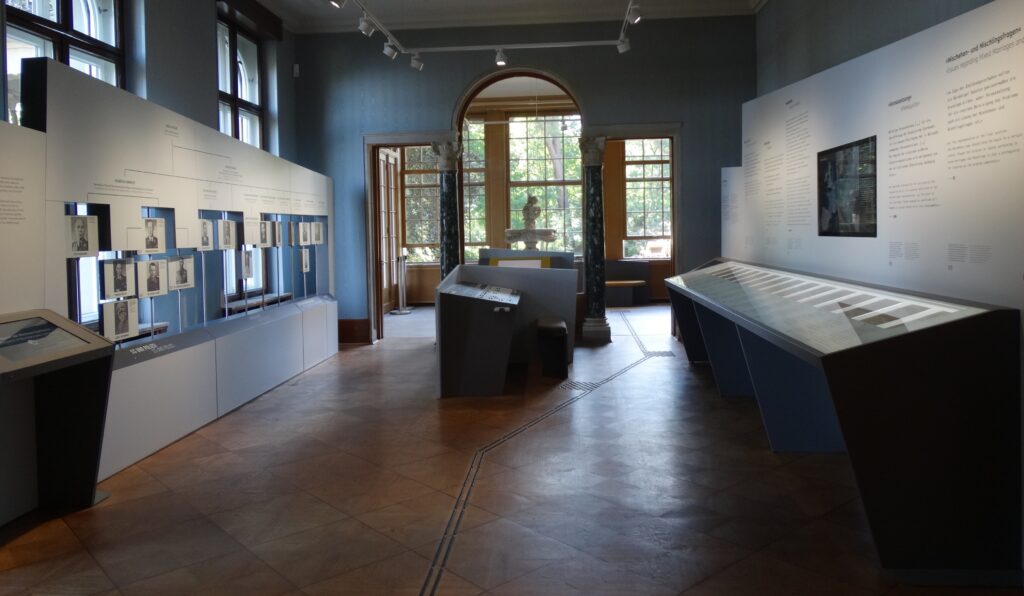
(Photos courtesy of Andrzej Mrowiński and used with permission)
